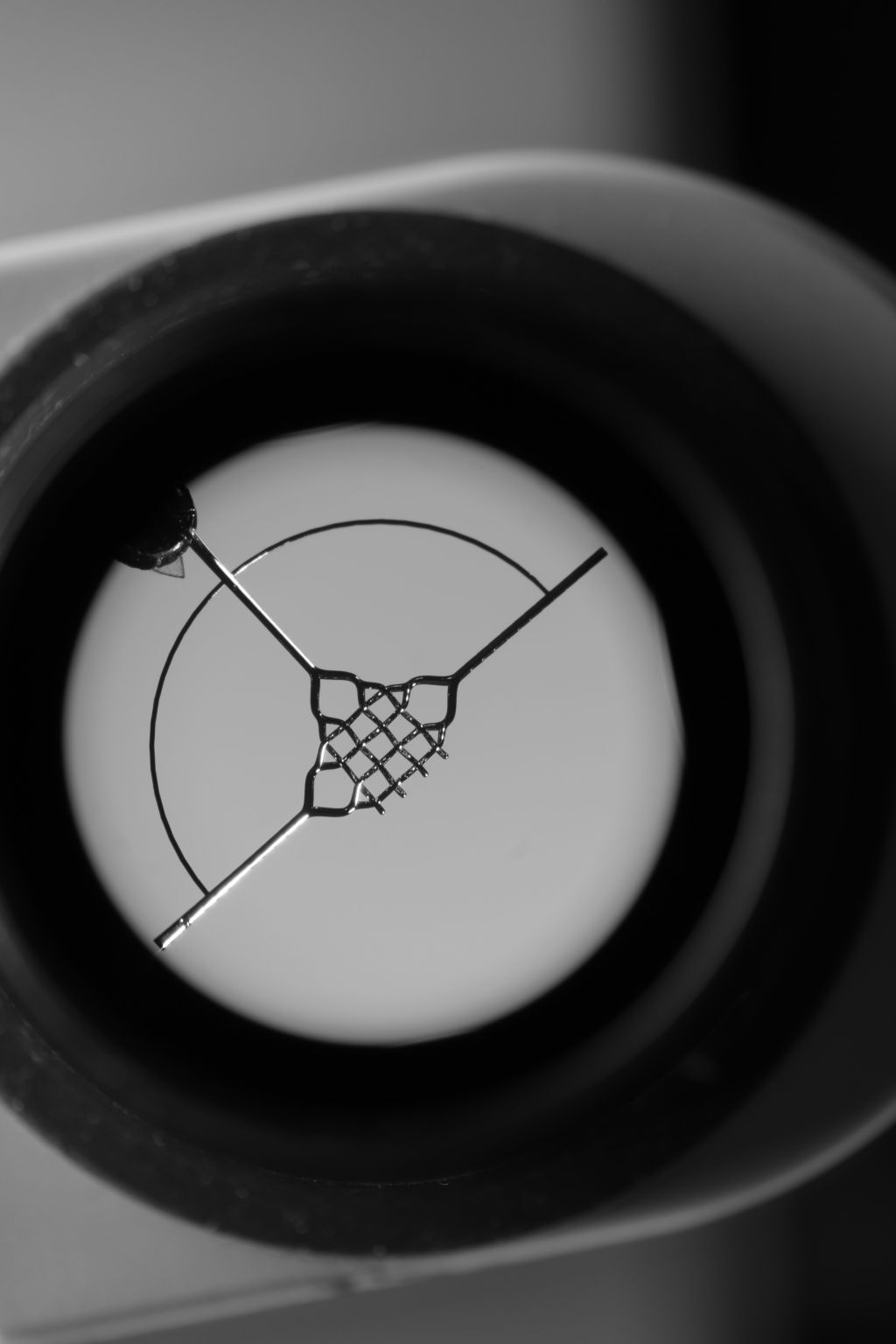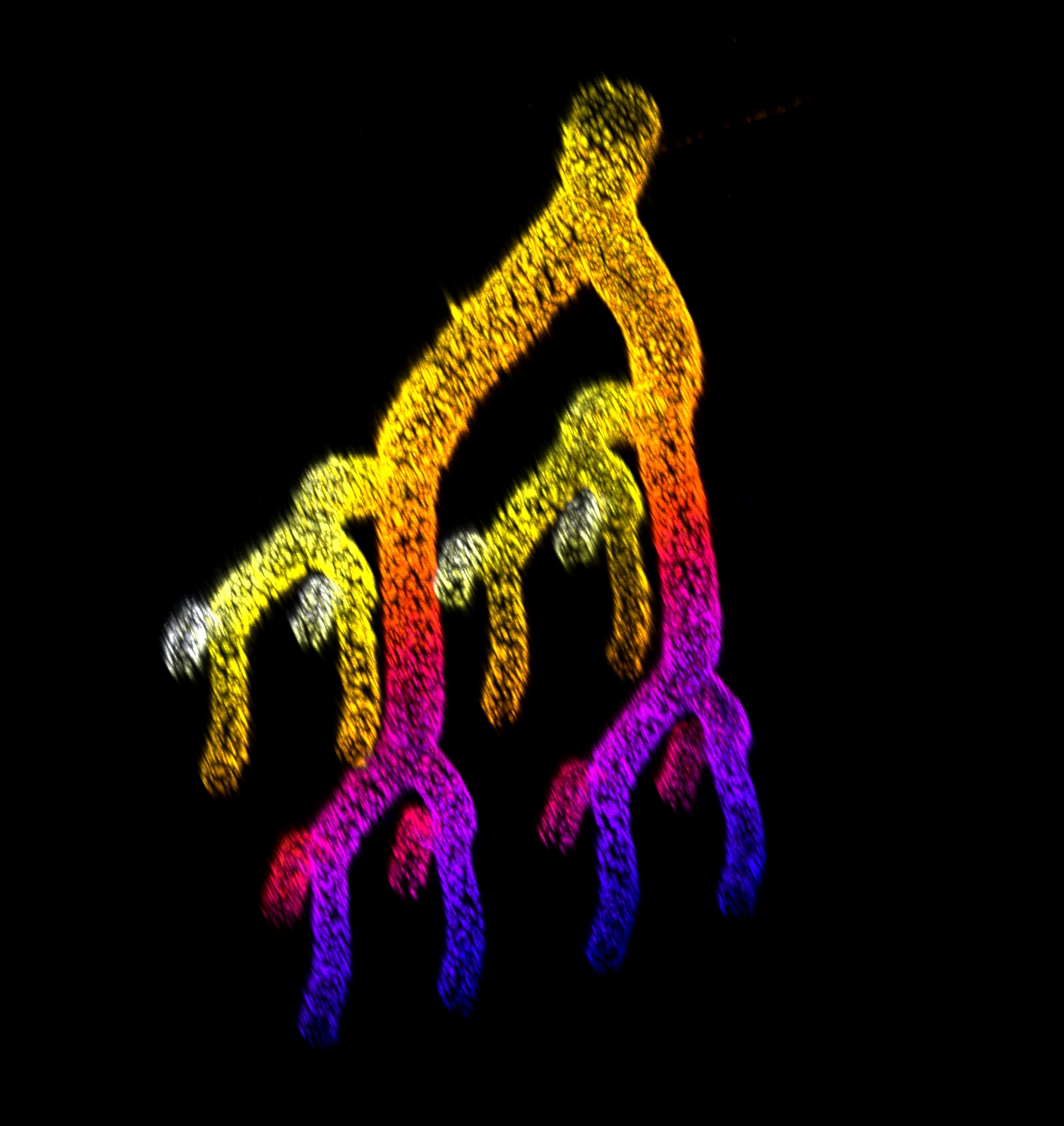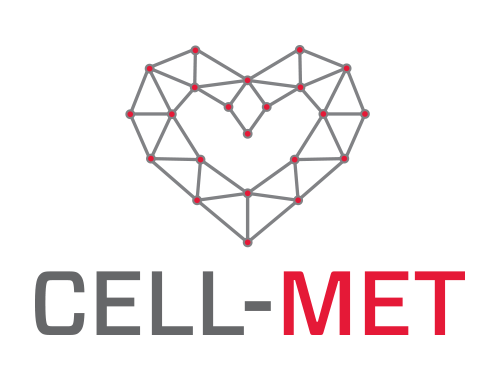Biofabrication of Human Tissues Enhanced Through Use of Gallium
Outcome/Accomplishment
Researchers at the U.S. National Science Foundation (NSF)-funded Cellular Metamaterials (NSF CELL-MET) Engineering Research Center (ERC), based at Boston University (BU), and at the Wyss Institute at NSF CELL-MET partner institution Harvard University have pioneered the use of gallium, a metal that can be molded at room temperature, to create tissue structures in various shapes and sizes.
Impact/Benefits
The manufacturing technique known as 3D printing, now being used everywhere, from aircraft manufacturers to public libraries, has never been more affordable or accessible. Biomedical engineering has particularly benefited from 3D printing, as prosthetic devices can be produced and tested more rapidly than ever before. However, 3D printing still faces challenges when printing living tissues, partly due to their complexity and fragility. The use of malleable gallium makes 3D printing of human tissues easier and faster.
Explanation/Background
The innovative approach to fabrication the researcher used, called engineered sacrificial capillary pumps for evacuation (ESCAPE), was highlighted in a study published in Nature, in which the team used gallium casts to mold biomaterials. The scaffolds left behind by these casts are then filled with cells cultured to form tissue structures. Because of the challenges faced due to blood vessel complexity, vascular structures were some of the first produced using ESCAPE. Few techniques exist to build large (millimeter-scale) and small (micrometer-scale) structures in scaffolds made of natural materials, making this multiscale fabrication capability a novel approach.
"ESCAPE can be used on several tissue architectures, but we started with vascular forms because blood vessel networks feature many different length scales," said Christopher Chen, senior author on the study and the deputy director of NSF CELL-MET. "Our blood vessel demonstrations include trees with many branches, including dead ends and portions that experience fluid flow. This allows us to model a range of healthy structures as well as diseased abnormalities."
Following the success of reproducing capillary structures, researchers are hopeful these methods can be used to generate distinct tissue structures found in organs. The reliability of these ESCAPE designs will also be tested using computational modeling, further expanding the types of material reproduced using the process.
Location
Boston, MassachusettsStart Year
Biotechnology and Healthcare
Biotechnology and Healthcare
Lead Institution
Core Partners
Fact Sheet
Outcome/Accomplishment
Researchers at the U.S. National Science Foundation (NSF)-funded Cellular Metamaterials (NSF CELL-MET) Engineering Research Center (ERC), based at Boston University (BU), and at the Wyss Institute at NSF CELL-MET partner institution Harvard University have pioneered the use of gallium, a metal that can be molded at room temperature, to create tissue structures in various shapes and sizes.
Location
Boston, MassachusettsStart Year
Biotechnology and Healthcare
Biotechnology and Healthcare
Lead Institution
Core Partners
Fact Sheet
Impact/benefits
The manufacturing technique known as 3D printing, now being used everywhere, from aircraft manufacturers to public libraries, has never been more affordable or accessible. Biomedical engineering has particularly benefited from 3D printing, as prosthetic devices can be produced and tested more rapidly than ever before. However, 3D printing still faces challenges when printing living tissues, partly due to their complexity and fragility. The use of malleable gallium makes 3D printing of human tissues easier and faster.
Explanation/Background
The innovative approach to fabrication the researcher used, called engineered sacrificial capillary pumps for evacuation (ESCAPE), was highlighted in a study published in Nature, in which the team used gallium casts to mold biomaterials. The scaffolds left behind by these casts are then filled with cells cultured to form tissue structures. Because of the challenges faced due to blood vessel complexity, vascular structures were some of the first produced using ESCAPE. Few techniques exist to build large (millimeter-scale) and small (micrometer-scale) structures in scaffolds made of natural materials, making this multiscale fabrication capability a novel approach.
"ESCAPE can be used on several tissue architectures, but we started with vascular forms because blood vessel networks feature many different length scales," said Christopher Chen, senior author on the study and the deputy director of NSF CELL-MET. "Our blood vessel demonstrations include trees with many branches, including dead ends and portions that experience fluid flow. This allows us to model a range of healthy structures as well as diseased abnormalities."
Following the success of reproducing capillary structures, researchers are hopeful these methods can be used to generate distinct tissue structures found in organs. The reliability of these ESCAPE designs will also be tested using computational modeling, further expanding the types of material reproduced using the process.


